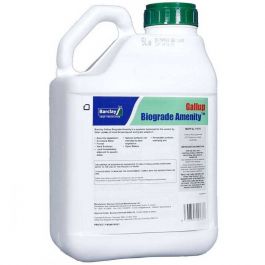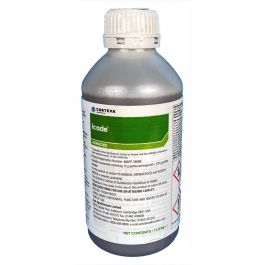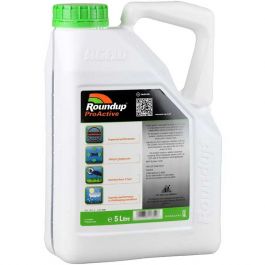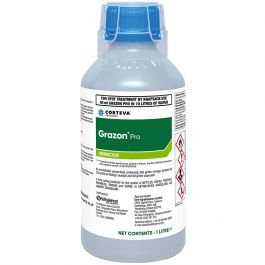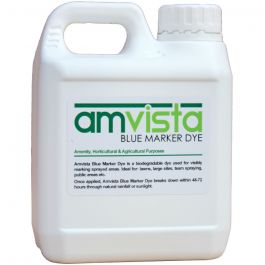How to Get Rid of Giant Hogweed
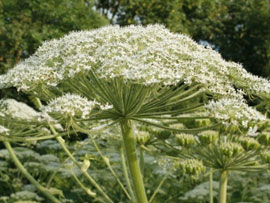
Key Facts:
- Common Name: Giant Hogweed
- Scientific Name: Heracleum mantegazzianum
- Where does Hogweed Grow?: Woodland, Heathland, Common Land, can grow in gardens and allotments close by to infested areas such as the previous places listed
Background:
Giant Hogweed has gained notoriety with the press in recent years for its harmful effects on eyes and skin. It is a member of the family of plants which all have phototoxic sap that can affect humans and some animals in various horrible ways, including burns & rashes.
Hailing from the Southern Russian Caucasus region, it was imported by those plant-hunting Victorians who loved its’ size and extravagance.
It spreads rapidly via seed, especially along waterways, from huge flower heads that can measure upto half a metre diameter and contain around 50,000 seeds each. Seeds can remain viable in the soil for many years.
It is an offence under the 1981 Wildlife & Countryside Act to allow the weed to spread or plant it.
Giant Hogweed Problems
The danger lies in the fine hairs and sap of the plant which causes a long-lasting mutation of melanin in skin, this makes it hyper-sensitive to sunlight (UV). Initially causing blister-like burns, the skin then reddens and blisters on contact with UV light for many years to come.
Sap rubbed into eyes can cause temporary and permanent blindness.
Identification:
Common Hogweed and Giant Hogweed are often confused with each other. Although both have toxic sap, Giant Hogweed is more harmful.
| GIANT HOGWEED | COMMON HOGWEED | |
| Height | Usually 3-5 metres tall | Typically 1.5-2.5 metres tall |
| Stem | Red speckling, hairy stem joints | Hairy all over, largely green |
| Flowers | White. Approx. 50+ per stem | Approx. 20+ per stem |
| Location | Good soil, moist soils, riverbanks | Poor soils, field margins |

Giant Hogweed Control and Removal:
For obvious reasons, avoid direct contact with any part of the plant. Do not pull or strim.
Operators should always be fully dressed in PPE with no skin showing: coveralls, gloves, boots, goggles and face shield.
Plants should be sprayed with a glyphosate-based spray (Roundup ProActive, Gallup Biograde etc) when the foliage is approx. 0.5m high. A blue dye can sometimes be beneficial to let colleagues and members of the public know which plants have been treated. Spraying near watercourses requires an aquatic approved product.
If the plant is in flower – try to cut the flowering heads off before they turn to seed using a long pole pruner, followed by spraying with an extended lance.
For amenity situations, Icade and Grazon Pro will also provide an effective giant hogweed control for a spring application.
FAQs
Do I need to wear protection while removing giant hogweed?
Yes, whenever removing giant hogweed it is advised that you wear ultranitrile gloves and wear coveralls to protect any body parts that may come into contact with the plant.
What is giant hogweed?
It is an invasive species of plant that produces harmful chemicals which can cause photodermatitis or photosensitivity in humans.

